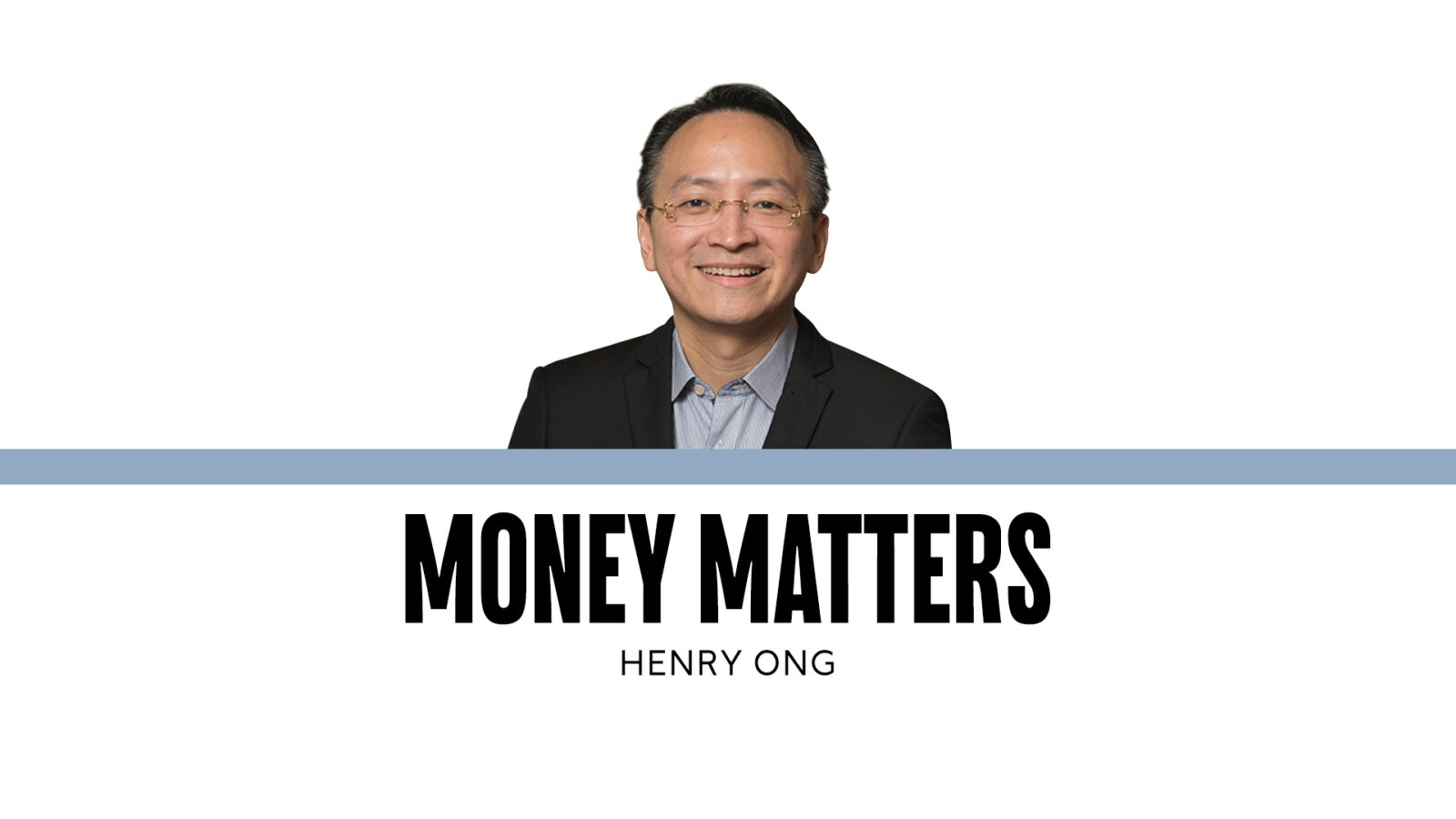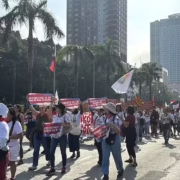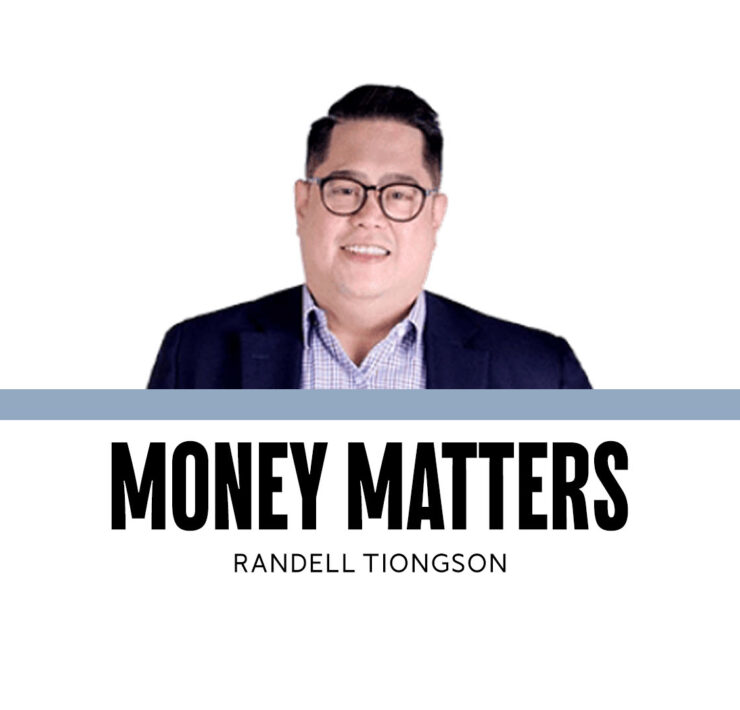Why investors refuse to sell losing stocks

If you ever held on to a stock that fell and told yourself “it will bounce back,” you are not alone. This is one of the most common behaviors in investing and also one of the most costly. Logic says that when an investment goes sour, you cut your losses and move on. But in reality, many investors freeze, refuse to sell, and cling to the hope that prices will turn around.
To understand why, let us revisit the work of Daniel Kahneman and Amos Tversky, two psychologists who changed the way we think about money.
In the late 1970s, while at the Hebrew University of Jerusalem and later Stanford University, they developed what is now called Prospect Theory. Their research challenged the traditional idea that people act rationally when faced with financial decisions.
The researchers argued that people experience losses more intensely than gains of the same size. For instance, losing P1,000 hurts about twice as much as gaining P1,000. The study also revealed that when people face the possibility of a loss, they often choose riskier options.
If the choice is between accepting a guaranteed small loss or taking a gamble that could either eliminate the loss or make it even larger, most people take the gamble.
The chance to avoid any loss at all feels more attractive than the safety of limiting the damage. This tendency, known as loss aversion, explains why investors often cling to losing positions. Selling makes the loss permanent, while holding keeps the hope of recovery alive.
Back in January 2018, the Philippine Stock Exchange Index (PSEi) hit its all-time high of around 9,000. The mood was upbeat, and many investors believed the rally still had room to run.
Imagine putting P100,000 into the market at that moment. Instead of rising further, prices slid through the rest of 2018, and the index never returned to that peak. By the end of 2024, it was closer to 6,500. That P100,000 had dropped to about P72,000, which represents a loss of roughly 28 percent. For investors who held on, that loss has remained in their portfolios ever since.
Now this is where Prospect Theory comes into play. Many investors who bought at the peak still hold their positions and wait for the index to return to 9,000. They do not want to sell because selling makes the loss final. The reference point of the 2018 high anchors their decisions. They convince themselves the market will return to that level eventually, even if it takes years.
Opportunity cost
The problem is that as you wait, your money remains stuck. Imagine you invested P100,000 at the 2018 peak and by the end of 2024 it fell to about P72,000. If you had sold earlier, let’s say at the end of 2019 when the index stood closer to 7,800, you would have cut your loss to about 13 percent and walked away with P87,000.
If you then placed that P87,000 in a fixed income instrument that earns 4 percent a year, by 2024, it would have grown back to almost P106,000. Instead of holding a paper loss for six years, you would have recovered your capital and even gained.
This shows what waiting for break-even really costs. When you hold on, you lock your money in place and miss other chances to grow it. Hope keeps you stuck in the past, but discipline gives your capital a chance to move forward.
The question then becomes: how do you build that discipline and avoid the trap of loss aversion?
The first step is acceptance. Losses form part of investing. Even the best investors in the world make wrong calls. What separates them from the rest is discipline. They know when to cut and move on.
The second step is to reframe the question. Instead of asking, ‘Will this stock ever go back to my entry price?’ ask, ‘If I had cash today, would I buy this stock at its current price?’ If the answer is no, then holding no longer makes sense.
The third step is to protect your capital. Small losses are manageable. A 10-percent loss requires an 11-percent gain to recover. A 30-percent loss requires a 43-percent gain.
The math shows why cutting early often works better than waiting for a miracle rebound.
The final step is to stay diversified. When you spread your investments across different sectors or asset classes, one bad bet does not dominate your portfolio. That helps keep emotions in check and prevents one decision from dragging everything down.
Prospect Theory shows why we hold on too long, yet waiting for break-even can trap you for years. Hope cannot protect your money. Only discipline can.
Selling at a loss is not failure, but a smart move that frees your capital and sets you up for the next real opportunity.
Henry Ong is a registered financial planner of RFP Philippines. Stock data and tools were provided by First Metro Securities. To learn more about investment planning, attend 113th batch of RFP Program this October 2025. To register, e-mail at info@rfp.ph.



















